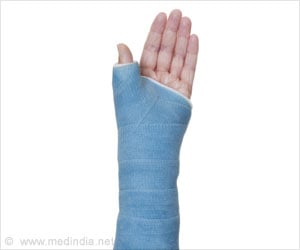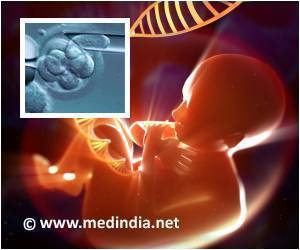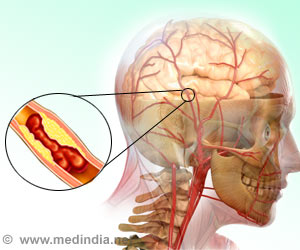A Subarachnoid Hemorrhage (SAH) is a critical condition caused by a bleeding brain aneurysm. So much so that if a patient arrives at the emergency room complaining of a severe headache, it could be a sign of hemorrhage. However there may be other conditions that can cause a severe headache.
In a paper presented at the 2006 Society for Academic Emergency Medicine Annual Meeting, May 18-21, 2006 in San Francisco, a group of Canadian researchers reported on their investigation of a protocol which could minimize invasive testing. In a study conducted at 6 university Emergency Departments involving nearly 2000 patients, 80% underwent head computed tomography (CT), 45% received lumbar puncture (LP, i.e. a spinal tap), 83% had either CT and/or LP, and 6.4% had a final diagnosis of SAH.By using 4 simple clinical observations, the authors were able to predict whether a patient was at high risk for SAH. For example, of those who arrived by ambulance, 57% were later diagnosed with SAH, while only 17% of those who arrived by ambulance did not have SAH. Vomiting was a symptom in 58% of the patients with SAH and only in 26% of those without SAH. A diastolic blood pressure "100mmHg or age 45" were also strong predictors of SAH.
By using these simple observations, the authors developed a clinical rule that any patient showing 1 or more of these symptoms would then be a candidate for further investigation, via CT and/or LP. This rule would identify all the patients with SAH, while reducing the investigation rate to 66%.
According to Jeffrey Perry, MD, "While we do not recommend an immediate change in management until after a validation study is complete, this study will have a tremendous impact on patient care. It will improve our ability to determine which patients require investigations for their headache and which ones just need pain control without costly and invasive testing."
Contact: Linda Gruner
[email protected]
212-633-3923
Society for Academic Emergency Medicine
Source: Eurekalert





